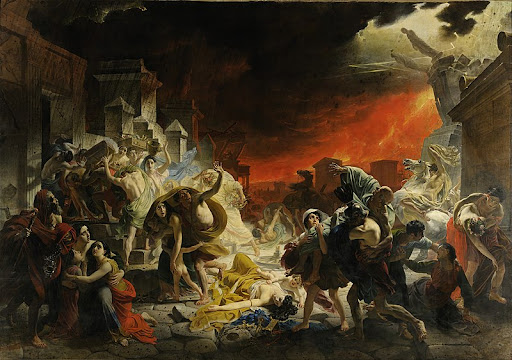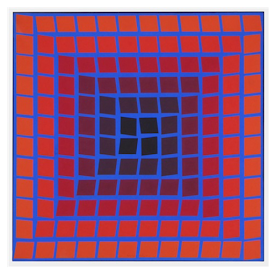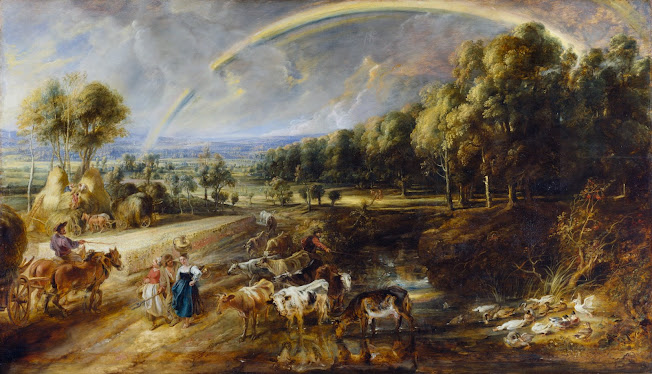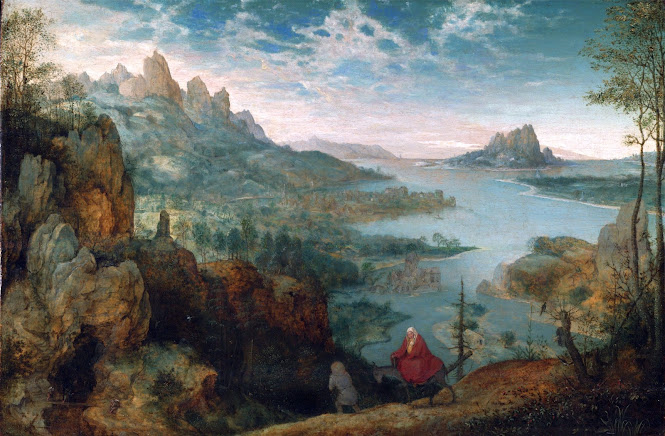Imperial Art Academy 19th Century Evolution

The Russian Imperial Art Academy has undergone many changes since Peter the Great's idea of a Russian art school came to fruition in 1756. Beginning as the Academy Of Three Noble Arts the school was legitimized under Catherine the Great's rule when she declared the academy a new title of Imperial Art Academy. With this, we see Russian artists rising to popularity through the school for the first time. The 19th century became a breeding ground for large breakthroughs as Russian artists from the school gained fame. The first of such breakthroughs was Karl Bryullov's 'The Last Day of Pompeii' which earned the Paris Grand Prix prize at the Paris Salon in 1834. In search of the underlying theme shifts during the 19th century, I will analyze 4 paintings of 19th-century Imperial Art Academy students who achieved fame. I will be specifically looking at the influences of the academy and how they show themselves in the evolving styles from Neoclassic...




